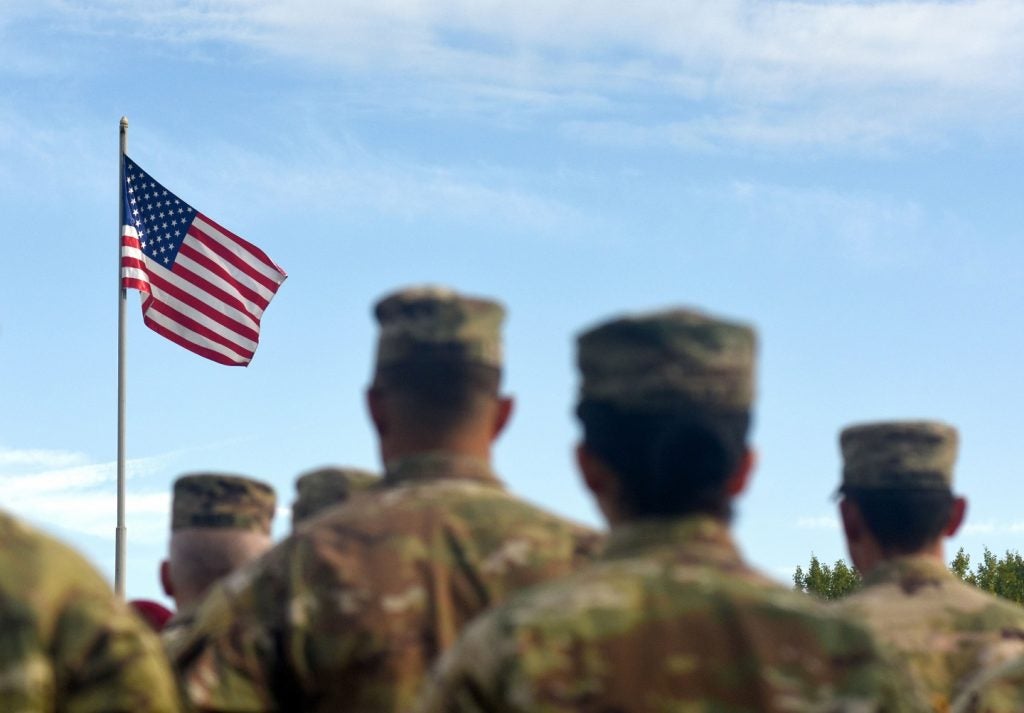The Naval Surface Warfare Center Crane Division (NSWC Crane) is working on a research project to improve drone detection capability.
NSWC Crane partnered with Old Dominion University (ODU) to research drone detection technologies based on machine learning (ML).
Under a Cooperative Research and Development Agreement (CRADA), researchers will implement ML methods to detect and identify unmanned aerial systems based on their classification of radio frequency (RF) signals.
The objective of the collaborative work is to deliver a portable system that can support the warfighters in constrained and remote environments
The partnership will apply the latest technology to RF signals to deliver the capability.
The project team includes ODU Virginia Modeling, Analysis, and Simulation Center associate director Dr Sachin Shetty and his undergraduate student research assistant Michael Nilsen.
How well do you really know your competitors?
Access the most comprehensive Company Profiles on the market, powered by GlobalData. Save hours of research. Gain competitive edge.

Thank you!
Your download email will arrive shortly
Not ready to buy yet? Download a free sample
We are confident about the unique quality of our Company Profiles. However, we want you to make the most beneficial decision for your business, so we offer a free sample that you can download by submitting the below form
By GlobalDataThe duo developed ML techniques to enable adaptive detection of UAS systems. The method successfully completed evaluation at outdoor test ranges.
Dr Shetty said: “The benefits of using this machine learning technique is that no matter what types or models of drones made in the future, the technique can detect them. We didn’t want to create a technique that would be tied to a certain drone model and have to constantly change it.”
“Where the warfighters needs to use rapid drone detection technology, there is often no internet. They need a mobile, lightweight, and packable solution that works in a resource-constrained environment.
“Essentially, we are able to give the warfighter an RF classification toolbox on a device the size of a phone.”
Shetty added that algorithms were tested in multiple rural and urban environments.






